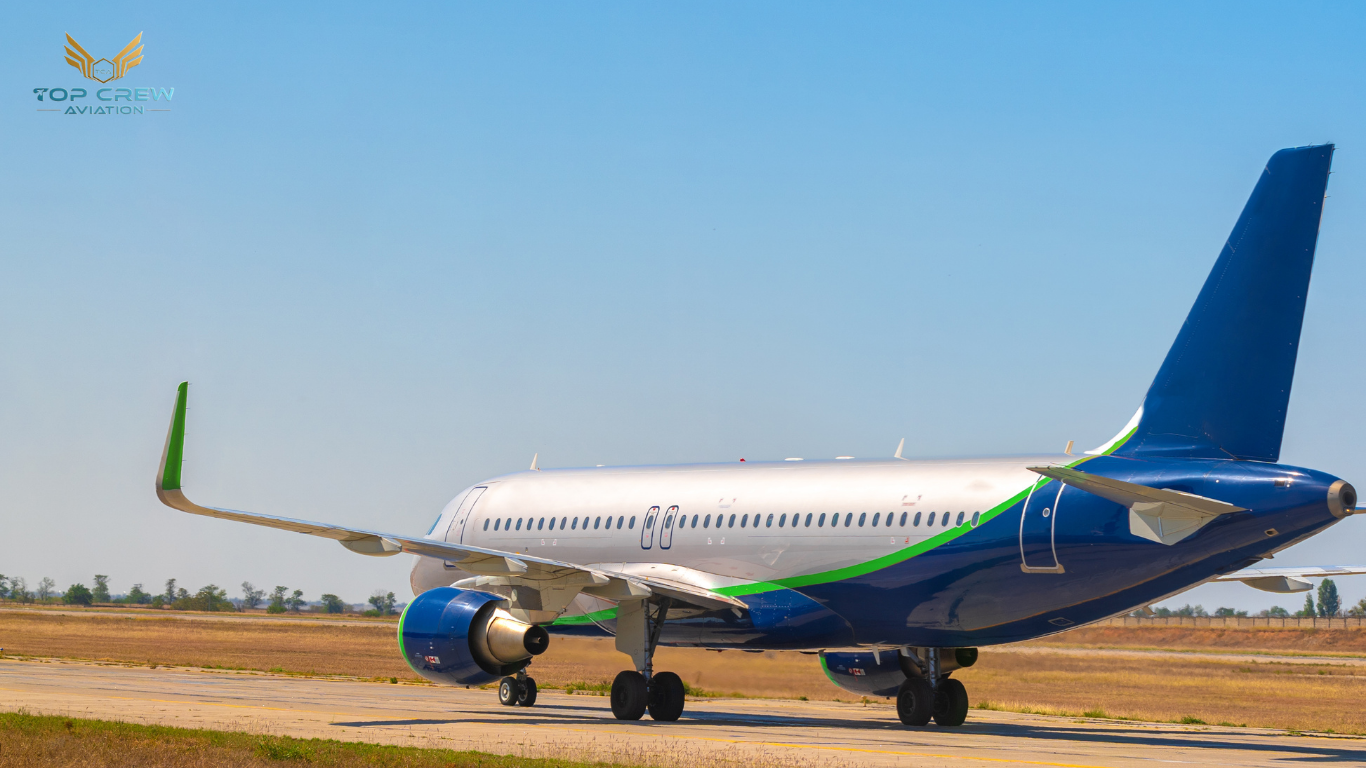
Dreaming of becoming a pilot? Then, you’ve probably heard that passing the DGCA medical examination is your first big step. The Directorate General of Civil Aviation (DGCA) ensures every pilot is physically fit to fly — not just mentally sharp. Among all the checks, height and weight requirements often make candidates nervous.
You might wonder: “What if I’m too short?” or “Is my weight okay for DGCA Class 1 medicals?” These are perfectly valid questions! Your body measurements don’t just decide how well you fit in a cockpit — they also reflect your overall fitness, endurance, and ability to handle long flight hours and high-stress environments.
This blog will break down DGCA height and weight requirements in simple, friendly language. You’ll learn:
Tip: Taller candidates may face restrictions on aircraft with smaller cockpits, while shorter candidates may require a reach assessment.
Key points to remember:
If your BMI is above 25, expect additional checks — such as lipid profile or fasting blood sugar tests.
Quick Weight Reference Table:
Important for weight management:
- Why do these parameters matter so much?
- The difference between Class 1 and Class 2 medicals.
- Ideal height and weight ranges (with tables!).
- How to calculate your BMI.
- What happens if you don’t meet the standards?
- Tips to get into the healthy range quickly.
Why Height & Weight Matter in DGCA Medicals
You might think: “It’s just height and weight — why does DGCA care?” The answer is simple: safety and efficiency. Pilots must operate complex controls for hours in confined cockpits. Your physical build affects how comfortably you can reach, move, and react during emergencies. Here’s why DGCA monitors height and weight so closely:1. Cockpit Ergonomics
Pilots must fit safely in the cockpit — not too cramped, not too stretched. Poor posture or limited reach can affect control operations.2. Health & Performance
Being underweight or overweight can cause fatigue, poor concentration, and slower reflexes. Maintaining a balanced BMI helps you stay alert during long flights.3. Long-Term Fitness
Obesity, hypertension, and metabolic issues can disqualify a candidate. These are easier to prevent than to fix later. In short: Height ensures operational fit. Weight ensures health and fitness. Both together ensure you can handle the demands of the sky confidently and safely.DGCA Height Standards
DGCA does not list a single “magic” height number, but practical limits exist based on cockpit ergonomics and international aviation norms. Here’s what most DGCA-approved medical examiners follow:| Category | Minimum Height | Maximum Height | Notes |
| Pilot (Class 1) | Around 152 cm (5 ft 0 in) | Around 190 cm (6 ft 3 in) | Must comfortably reach all flight controls |
| Pilot (Class 2)** | 150 cm (4 ft 11 in) | 190–195 cm | Slightly flexible; depends on build |
| Cabin Crew | Around 155 cm (5 ft 1 in) | — | For safety reach requirements |
- There’s no fixed “cut-off” — the DGCA medical examiner assesses cockpit suitability.
- Wingspan, arm length, and leg reach are also checked for control access.
- If you’re borderline short or tall, you might still qualify for certain aircraft types.
DGCA Weight & BMI Requirements
Weight is evaluated through Body Mass Index (BMI), which indicates whether your weight suits your height. BMI Formula:DGCA BMI Categories:
| BMI Range | Classification | Remarks |
| 18.5 – 24.9 | Normal | Ideal for DGCA fitness |
| 25 – 29.9 | Overweight | Allowed but monitored |
| 30 – 34.9 | Obese Class I | Requires investigations |
| 35 – 39.9 | Obese Class II | May lead to temporary unfit |
| 40 + | Obese Class III | Usually unfit until reduced |
| Height (cm) | Ideal Weight Range (kg) |
| 150 | 43–56 |
| 160 | 48–61 |
| 170 | 54–70 |
| 180 | 60–79 |
| 190 | 66–88 |
Tip:
If you fall slightly outside the range, don’t panic! DGCA looks at overall health — stable vitals, normal reports, and lifestyle matter more than a 2-kg difference.Class 1 vs Class 2 DGCA Medicals
DGCA has two main medical categories for pilots: Class 1 and Class 2. Each has slightly different processes, but height and weight expectations are broadly similar.| Aspect | Class 1 Medical | Class 2 Medical |
| Who needs it | Commercial Pilot License (CPL) holders, ATPL | Student Pilot License (SPL) or Private Pilot License (PPL) aspirants |
| Conducted by | DGCA-approved medical centers (e.g., AFCME, IAM) | DGCA-impaneled doctors across India |
| Frequency | Every 6–12 months | Every 2 years (initially) |
| Focus Areas | BMI, ECG, blood tests, ENT, ophthalmic, cardiovascular fitness | Height, weight, vision, basic fitness check |
- A BMI above 30 triggers follow-up tests annually.
- If your BMI crosses 35, you may get a “temporary unfit” until it’s improved.
- For underweight candidates (BMI < 18.5), nutritional counseling is recommended.
How to Calculate and Track Your Status
Follow these easy steps to stay within DGCA’s acceptable range:Measure
- Use a wall and a measuring tape for accurate height.
- Weigh yourself on a digital scale in the morning.
Calculate BMI
Example: 1.72 m tall, 68 kg weight → BMI = 68 ÷ (1.72²) = 22.9 (Normal).Compare with DGCA Range
- BMI < 18.5 → gain a healthy weight.
- BMI 18.5–24.9 → perfect.
- BMI > 25 → plan a reduction of 2–5 kg gradually.
Track Monthly
Maintain a small log of your height, weight, and BMI. Free apps like FitTrack or your phone’s Health app work fine.Prepare for Your Medical
- Eat balanced meals before the test.
- Stay hydrated and get good sleep.
- Avoid last-minute crash diets — DGCA values consistency, not quick fixes.
Tips to Meet DGCA Height & Weight Standards
If You’re Underweight
- Include protein-rich foods: eggs, paneer, chicken, and lentils.
- Add calorie-dense snacks like nuts, milkshakes, and peanut butter.
- Strength-train to build lean muscle, not just fat.
If You’re Overweight
- Focus on balanced meals (no extreme diets).
- Combine 30 minutes of cardio + 20 minutes of strength daily.
- Avoid sugary drinks, refined carbs, and fried foods.
- Aim for gradual loss: 1 kg per month is safe and sustainable.
General Tips
- Maintain 7–8 hours of sleep.
- Manage stress — cortisol spikes can increase weight.
- Do routine blood checks to stay ahead of any issues.
What Happens if You Don’t Meet the Requirements?
Failing to meet height or weight criteria doesn’t mean your pilot dream is over.If You’re Overweight
- The examiner may mark you as “Temporary Unfit”.
- You’ll be asked to reduce weight and retake the test after 3–6 months.
- During this time, follow a medically supervised plan.
If You’re Underweight
- You might be declared “Temporarily Unfit” for nutritional reasons.
- Gain healthy weight through a dietitian’s plan and re-apply after improvement.
For Extreme Cases
- BMI above 35 or below 17 requires full medical reassessment.
- Once corrected, the DGCA often restores full fitness certification.
Conclusion
To sum it up, the height and weight requirements in DGCA medicals exist for one purpose — to ensure that every pilot is physically capable, healthy, and safe to fly. There’s no need to stress over minor variations; the DGCA looks at your overall health, not just numbers. Maintain a BMI between 18.5 and 24.9, eat well, stay active, and go for periodic check-ups. Even if you’re temporarily unfit, consistent effort can bring you back on track. Key takeaways:- Minimum height is roughly 152 cm; maximum about 190 cm.
- Ideal BMI range: 18.5–24.9.
- Overweight candidates need periodic medical monitoring.
- Healthy habits matter more than perfection.
Frequently Asked Questions
What is the minimum height for DGCA Class 1 medical?
Around 152 cm (5 ft 0 in), but flexibility exists depending on cockpit suitability.
Is there a maximum height limit?
Generally around 190 cm (6 ft 3 in), beyond which reach and seat adjustment may become restrictive.
What BMI is acceptable for DGCA?
A BMI between 18.5 and 24.9 is ideal. Above 30 leads to extra tests.
What happens if my BMI is above 30?
You’ll need additional investigations like lipid profile and sugar tests, but you can still be declared fit if results are normal.
Can I pass DGCA medical if I’m overweight?
Yes, slightly overweight candidates often pass if their health markers are stable.



